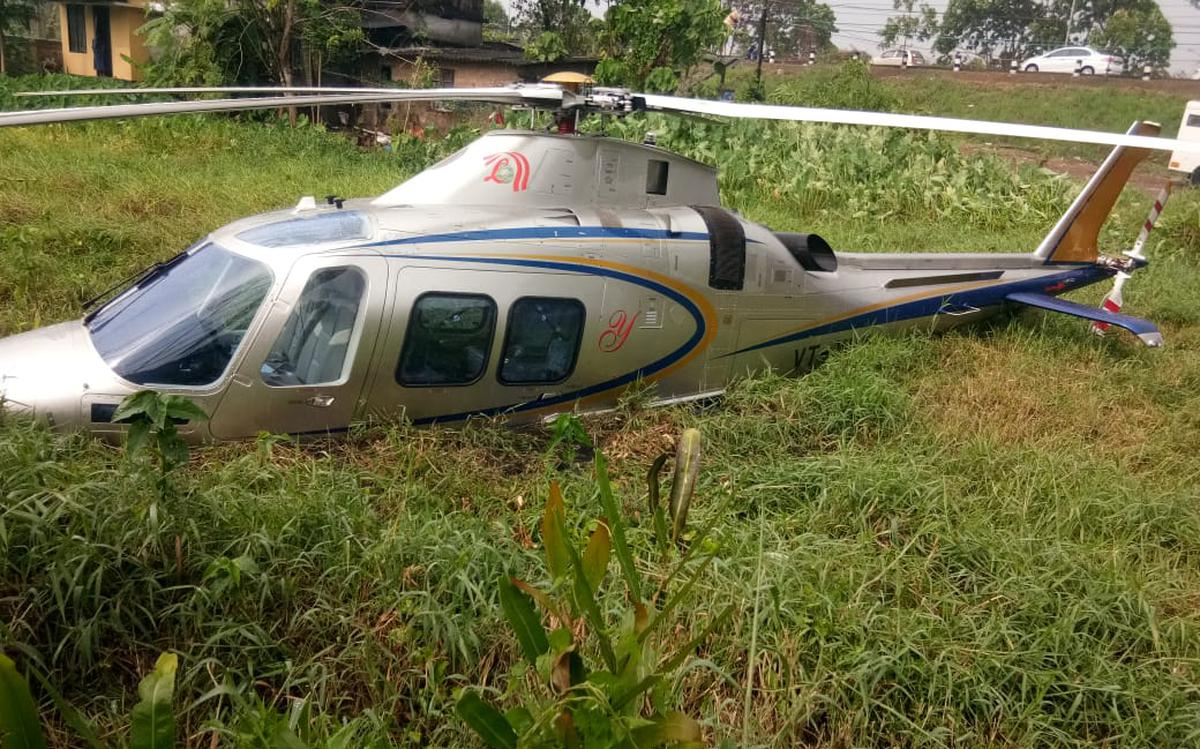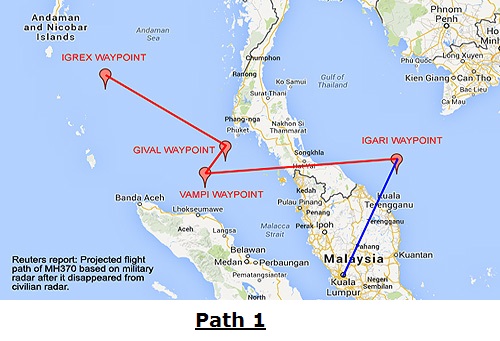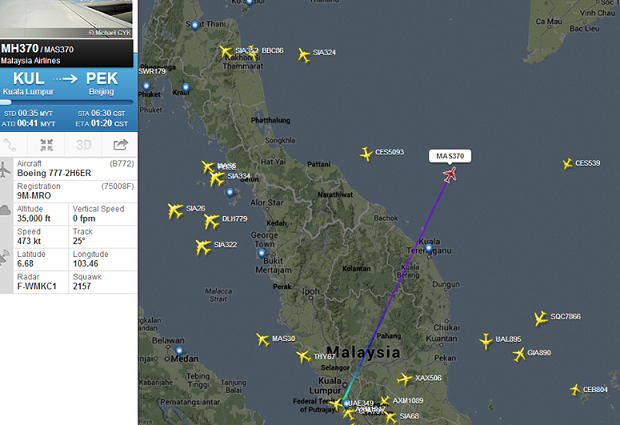By Jacob K Philip
A chain of unusual and erroneous actions taken by the pilots caused the crash of a helicopter last year in India that was carrying M. A. Yousuf Ali, the chairman of UAE-headquartered multinational company Lulu Group, says the report of an investigation ordered by the DGCA, India’s aviation regulator.
Unlike the media widely reported that time, the three year old Agusta Westland AW109SP helicopter was not making an emergency landing but was actually falling into a swamp at Panangadu, near Kochi, in the south Indian state of Kerala, as per the investigation report.
The incident occurred on April 11, 2021 a few minutes before 9am at Panangadu. The copter, that had taken-off from a helipad at ‘Y Mansion”, the residence of Yousuf Ali, was heading to land on the roof-top helipad of ‘Lakeshore’, a private hospital. The aerial distance to the hospital from Yousuf Ali’s residence was just 3.7km and the total flying time was estimated to be 5 minutes. While the copter was in the approach stage to land on the Lakeshore helipad, it fell into the open swamp from a height of about 300ft. Upon falling, the helicopter partially sunk into the soft mud, with dirt water entering the cockpit by up to 2 feet. Engines were shut down and all the occupants vacated the helicopter by standard exit and were transported to nearby hospital. There was no injury to any of the occupants on board, and there was no post incident smoke or fire.

Though the pilots later said they had made a forced landing due to loss of engine power after experiencing a sudden drop in altitude, the DGCA report says there were nothing wrong with any of the systems of the helicopter including the engine. Also, the pilots had made no landing – forced or otherwise.
It was a series of actions by the pilots right from the taking off of the machine, that culminated in the crash that April morning, concludes the report.
To start with, when the helicopter took of from the ‘Y Mansion’, at Chilavannoor, Kochi, the pilots activated ‘Engine torque limiter function’ of the copter. This function limits the torque (power) produced by the engine to 220 % instead of its maximum capability of 324%. Why this limit was set is not clear.
Secondly, when it was time for the copter to take a left turn to align with the roof-top helipad of the Lakeshore hospital, the pilot increased the pitch of the craft (raised the nose) to an unusual high value of about 15 degrees. Though with the nose up, the engines needed more power to maintain the speed, that was never given. As a result the speed was reduced to 40 kts from 80kts and the copter began to descend rapidly. Three seconds after the pitch was increased to 15, it again was raised to 21 degrees, again unusually, by the pilot. As a result the the fall became quicker at 2000ft/minute and the horizontal speed became almost zero. On realizing the craft was falling, the pilots tried to increase the engine power, so as to climb up. But because of the ‘Engine torque limiter function’ they had earlier switched on, the fuel supply to the engine got reduced after the power reached the 220%. Less fuel means less power and the pilots could not climb up from the 300ft altitude there found themselves in and the helicopter fell to the ground within seconds.

The report explains that, because of the actions of setting a limit to the engine power and then increasing the pitch attitude, the helicopter also had entered into a non-recoverable stage called ‘Vortex Ring State (VRS).’ With VRS setting in, the lift produced by the rotor is massively reduced and the rate of descent of the helicopter is increased accordingly. By pulling on the collective, the effect is amplified. The VRS can be ended only by switching to autorotation or by taking up horizontal speed. But at Panangad that morning, the speed was actually getting reduced to half of the normal speed, seconds before the crash.
The DGCA report concludes that the erroneous actions taken by the pilots resulted in the crash was also because of the loss of situational awareness and not sticking to the standard operational procedures.
While examining the cockpit voice recorder, the investigators found that the voices in the cockpit were overlapped by the conversations among the passengers in the cabin. It was because the cockpit was not isolated from the cabin, even during the critical stages of the flight. The reason why the pilots lost the situational awareness can be these distractions from the cabin. Though the well experienced pilots were familiar with the short route, they failed to realise for some seconds that the copter was flying too low. Also, the first Officer (who was acting as the ‘pilot monitoring’) failed to monitor flight parameters during the critical phase of flight. It was only when the copter reached the altitude as low as 300ft, that pilot in command realised the gravity of the situation. Though he immediately increased the power to go up, because their own previous action of switching the ‘Engine torque limiter function’ on, the power refused to go up after it reached 220% and the fuel supply to the engine too got reduced. The rotor speed was dropped because of this and even the the automated warning ‘ROTOR LOW’ was sounded. By then the copter had got entangled in the irrecoverable Vortex Ring State and there was nothing that could have done but to braze for the crash.
And the helicopter at that moment happened to be above a marshy land was just providential. Otherwise the crash would have been real disastrous.
The investigators also have pointed out that the pilots in this flight (and in their previous flights too) were carrying out cockpit checks communicating with ‘gestures’. Because the procedure of ‘challenge and response’ was not carried out as per the SOP, the chances are high that crucial parameters of the flight was overlooked.











